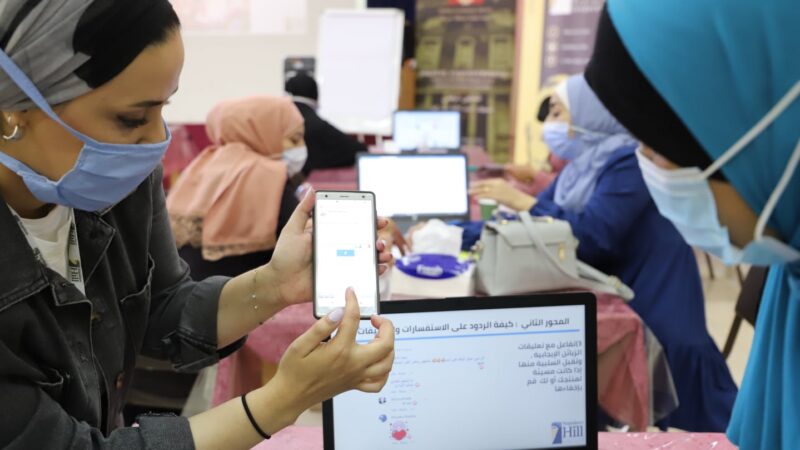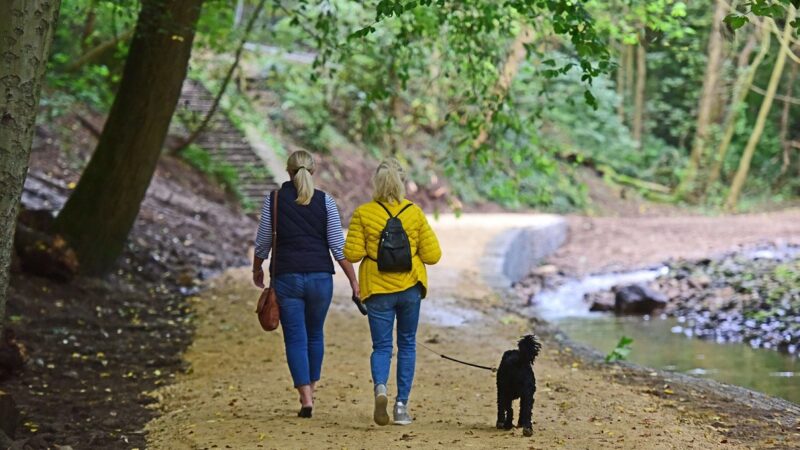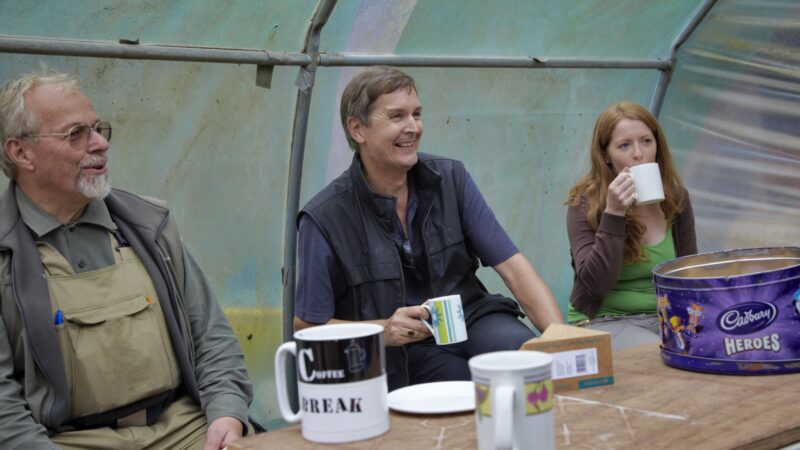
Building sustainable engagement with your local community: A conversation with Cillian Murphy
August 25, 2021
This is the sixth post delving into key learnings from Putting the Local into Global Heritage: Balancing conservation, development, tourism, and community interests at the sites of the world’s National Trusts, an INTO study supported by a grant from American Express. Today we visit Meharangarh Fort.
A year ago, INTO was wrapping up a study of the ways in which National Trusts and other heritage conservation organisations around the world were engaging with their local communities. The timing ― in the midst of a worldwide pandemic ― was inauspicious. NGOs were reducing their staff and restricting work as funds dried up and visitation to their sites came to a standstill. Nonetheless, there were a number of organisations ― including the five involved as case study sites ― where innovative outreach had begun and was continuing in these most difficult of circumstances.
Recently we returned to one of those organisations ― the Mehrangarh Museum Trust (MMT) in India ― to learn how their commitment to local engagement continued.
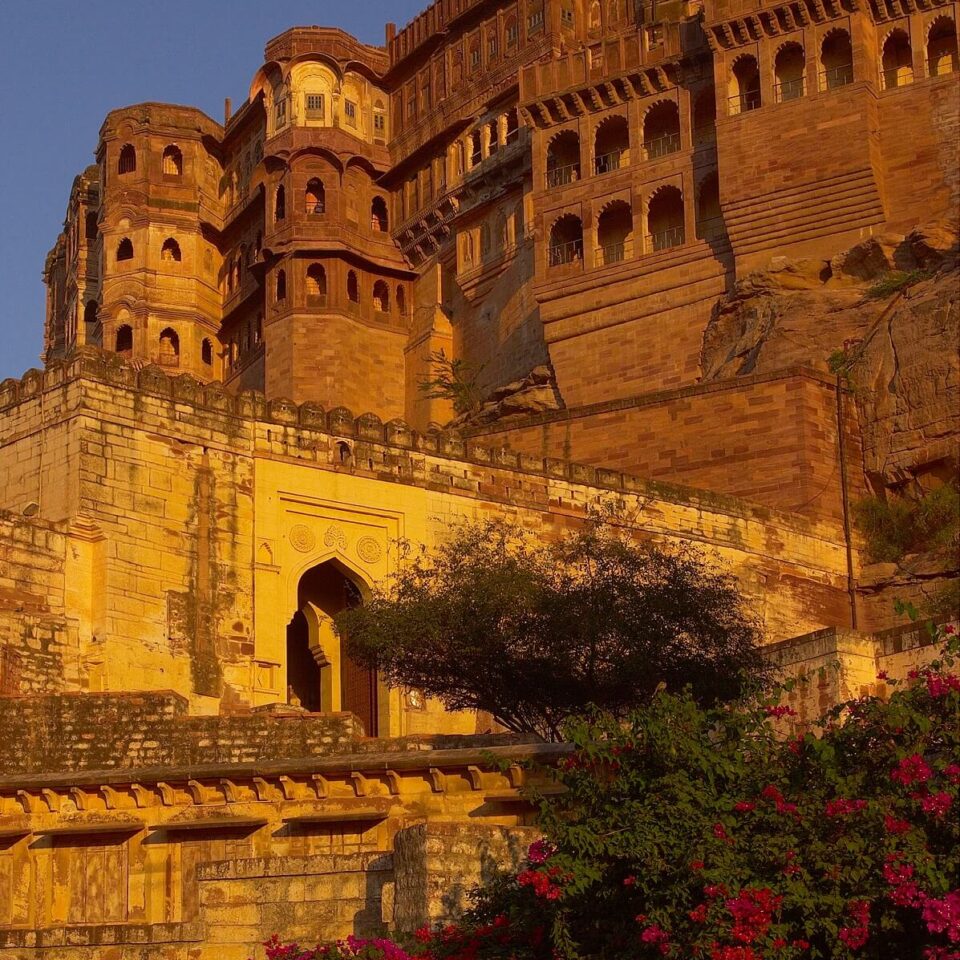
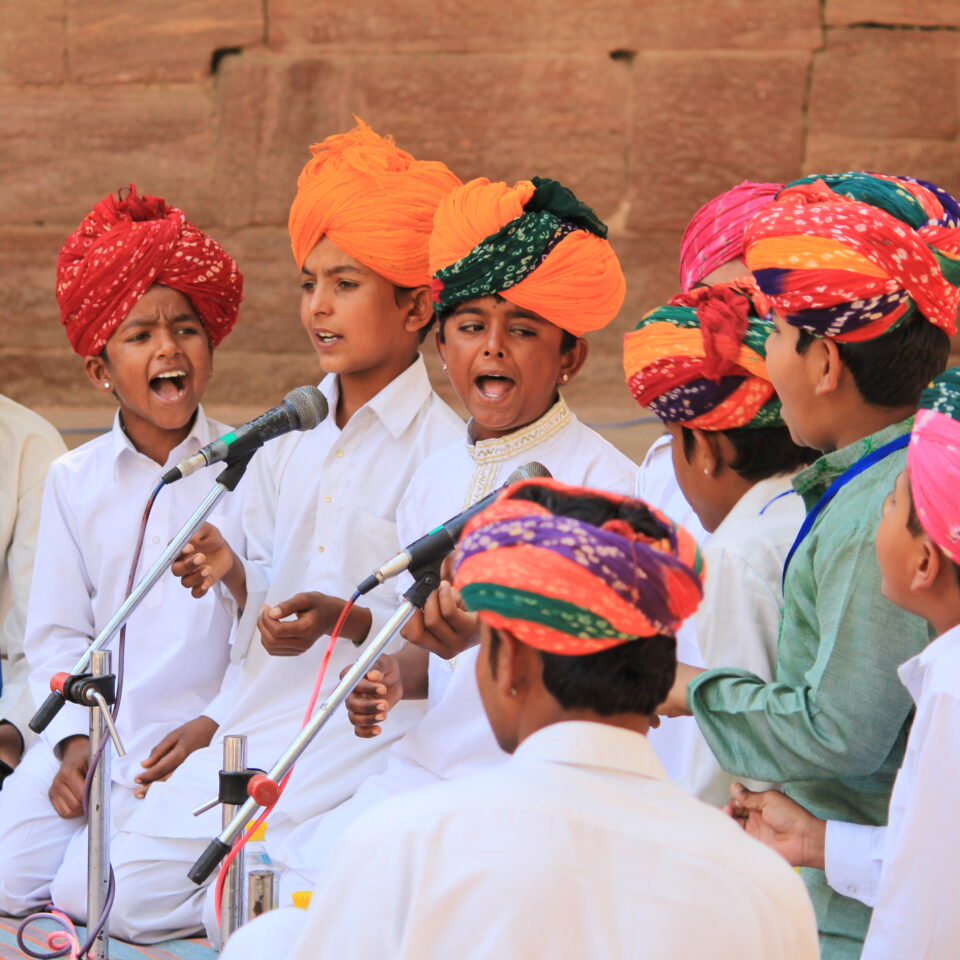
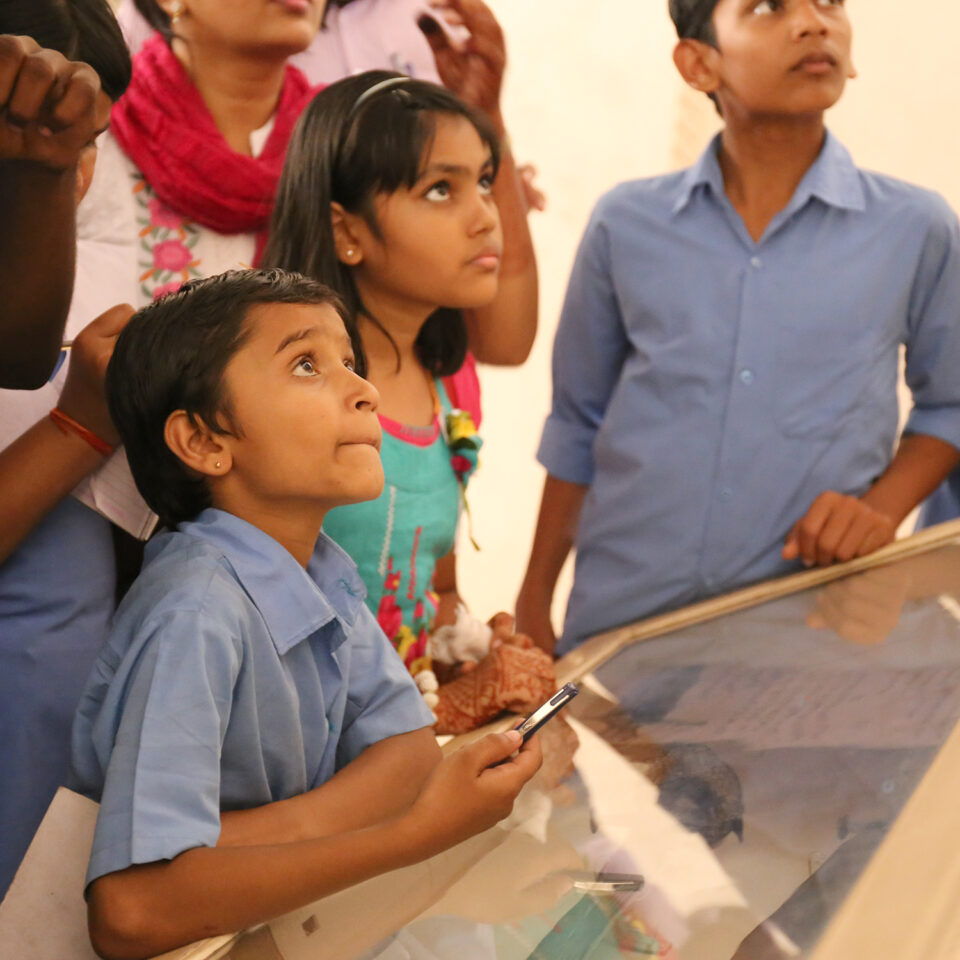
As we noted in the report, Mehrangarh Fort had traditionally been the fulcrum of local identity and pride, as well as the locus of economic and administrative activity. While maintaining its importance in the local economy as the main attraction for visitors supporting the hospitality sector as well as through direct employment for many local residents, the Fort had become primarily an excursion point and a religious pilgrimage destination. In response, MMT worked diligently to ensure that its core mission prioritized the needs of the local community.
Engagement with young people is at the heart of the work of MMT, ensuring that future generations know of the Fort’s history and leadership role in Jodhpur. During 2021 and into 2022, Mehrangarh Museum Trust conducted a series of life skills workshops for children of the Langa community of folk musicians under a special initiative. These workshops ― focused on various elements of life today ― helped place the Fort and its history as part of a continuum of past, present, and future for the next generation of citizens.
In the “Landscape and Environment” workshop, Naturalist Denzil Britto conducted a tour of the Rao Jodha Desert Rock Park, describing the various flora and fauna of the region. Bhawani Singh Begad followed that tour with one of the historic water bodies in the old walled city, to help make the children aware of the historic architecture and water conservation methods. As most of the folk music is inspired from the surroundings, children of the Langa musicians got a chance to connect local architecture, flora and fauna with folk songs.

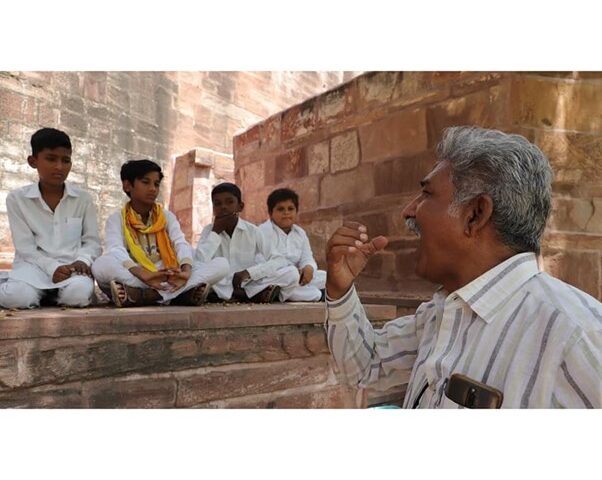
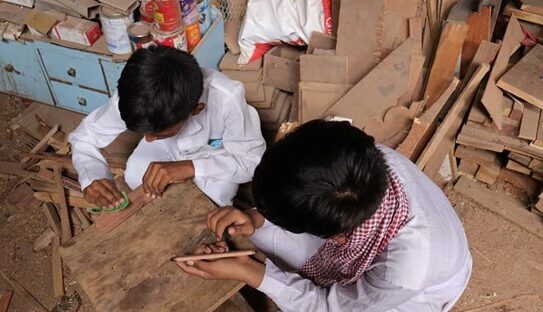

Neil Simon James conducted a studio workshop for the children around music production. In his workshop, the children of the Langa folk musicians learned about the process of creating music and how it could be recorded and edited through various software tools. In a more traditional, hands-on crafts session, a woodwork workshop was conducted with experienced carpenter Madan Suthar, who taught the production process of ‘Khartal’, one of the famous folk instruments of Rajasthan.
Safu Khan Langa conducted a workshop for the children on building the context and meaning of folk songs from the region. Through his session, the children of the Langa community came to understand the literal meaning of the songs and their reference in day-to-day life.
Not all of the workshops were focused on music.
Dr. Mahendra Singh Tanwar introduced the children of the community to the history of Marwar, its key rulers, and landscape. As part of that workshop the children visited the museum and learned about the rich collection of paintings, textiles, decorative arts, and architecture with Krishna Shekhawat. Tying history in with life skills, Ashmi Mridul and Krishna Shekhawat conducted a workshop on “Critical Thinking”, using pictorial tools and storytelling methods to encourage collective brainstorming and the building of team spirit.
Even with limited ability to gather together in 2021, the Mehrangarh Museum Trust made remarkable strides to continue and expand its commitment to community engagement that was a highlight of the INTO Putting the Local into Global Heritage study.

August 25, 2021
